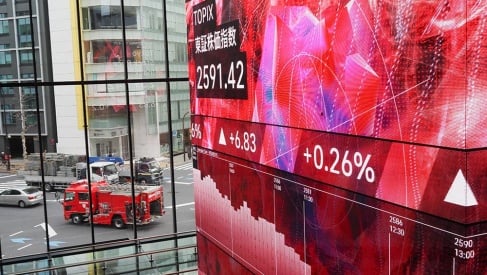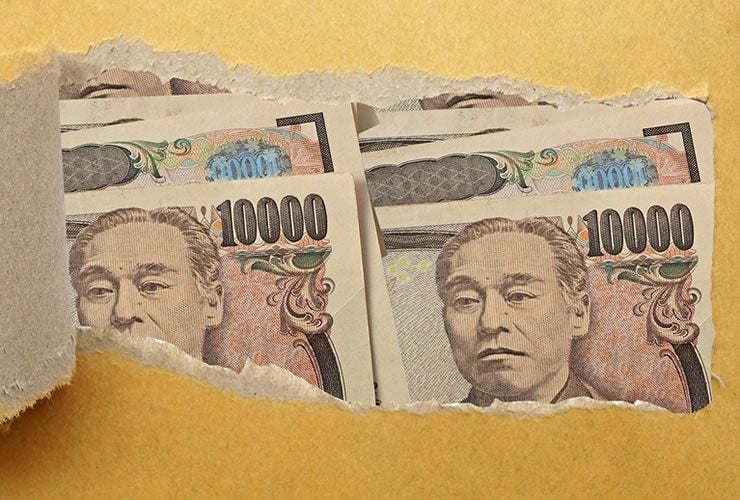ForecastsNow: USD/JPY Forecast Below 100 by Bank of America, Bank of Tokyo-Mitsubishi
We have seen a stronger USD today, with DXY up 0.22%, oil is higher, US 10y yields are slightly lower, while European equities are little changed.
So overall, this is a bit of reversal of the selloff in fixed income and equities we started with this week.
There has been a general weakness against USD with both the Japanese Yen and EUR down 0.4% and 0.25% respectively.
Turning to the outlook we note a number of analysts are forecasting an eventual break below 100 on the US Dollar to Yen exchange rate.
Bank of Tokyo-Mitsubishi UFJ: Targeting 98
The yen has traded on a stronger footing after the BoJ disappointed market expectations by only tweaking monetary policy settings at their last meeting.
With the BoJ running out of policy options at the current juncture, the burden for supporting the growth and inflation outlook in Japan is falling more heavily onto fiscal policy.
The BoJ took into consideration the impact of looser fiscal policy as well at last week’s policy meeting and it is one reason why they did not ease monetary policy more aggressively.
Further details of the government’s fiscal stimulus plan have been reported overnight by Bloomberg ahead of the official announcement today. According to a draft version of the budget, the plan includes JPY13.5 trillion of fiscal measures.
According to strategists at Bank of Tokyo-Mitsubishi UFJ, as per research provided via eFXNews, the fiscal measures should aid the USD/JPY below 100 over coming months:
“The fiscal plan is expected to modestly lift the outlook for growth in Japan in the year ahead. However, we do not expect it to materially increase inflation expectations and as such it is unlikely to re-weaken the yen. We continue to expect the yen to remain on a stronger footing.
“The yen has strengthened sharply so far this year but it still remains modestly undervalued according to our long-term models.”
BTMU targets USD/JPY at 98 by the end of the year.
Bank of America: USD/JPY Below 100, but this Offers Great Buying Opportunity
According to Shusuke Yamada, analysts at Bank of America Merrill Lynch Global Research, recent price action confirms $/¥'s post-Brexit rebound is over and the pair is leaning to the later phase of its bear market:
“The September BoJ meeting is likely to be a major event, but with market volatility steady overall (with the key exception of yen rates), USD/JPY and Japan shares may converge to the broader trend.
“Even so, the risk factors for a JPY rally may prevail into autumn as we have been arguing.”
Risks include: (1) falling oil prices; (2) US or European politics; (3) the possibility of a US stock correction; and (4) instability in the JGB market.
“USD/JPY could fall below 100 again and test the mid-90 level if these risks materialise and deepen,” says Yamada.
After the July BoJ meeting, Bank of America noted that the anticipated post-Brexit rebound had probably ended without seeing the maximum 110 level and opened the door for USD/JPY's potential break below 100 into autumn and that such sell off would provide a great buying opportunity from the long-term perspective.
Recent price action is supportive.
On the 2nd of August the Abe Cabinet approved the new economic stimulus package for Japan.
The package, totalling ¥28.1tn, includes ¥7.5tn in fiscal spending and ¥6tn from the Fiscal Loan and Investment Program.
The package covers:
1) promoting dynamics engagement of all citizens, including support measures for caretakers and childcare (¥3.5tn, of which ¥2.5tn government spending), 2) infrastructure improvement (¥10.7tn, of which ¥1.7tn government spending), 3) support for SMEs and regions (¥10.9tn, of which ¥0.6tn government spending),
4) earthquake reconstruction (¥3.0tn, of which ¥2.7tn government spending). The government claims that the measures will boost GDP by 1.3% "near-term" (but not as near as this year perhaps), and presumably the ¥7.5tn fiscal spending will be done over the next couple years, including the supplementary budget for this fiscal year of ¥4.0tn.














 GBP
GBP EUR
EUR USD
USD AUD
AUD NZD
NZD ZAR
ZAR CAD
CAD CHF
CHF JPY
JPY






